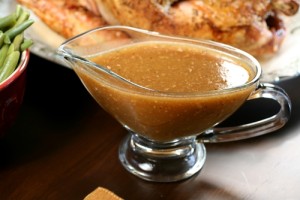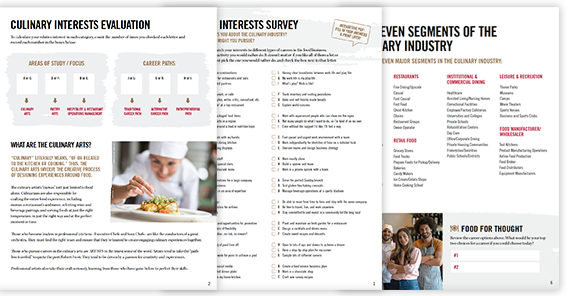Making Gravy For Your Holiday Dinner

After spending hours preparing and roasting the main course for their holiday dinner, many hosts go on to present their guests with store-bought gravy. This year, take advantage of what you have learned about cooking basics instead. Offer fresh, homemade gravy that perfectly complements your meal and contains no added preservatives. Whether you are serving turkey, chicken or beef tenderloin, read on for simple gravy tips you can try for your holiday feast:
Collect your drippings
When you have removed the meat or poultry from the roasting pan, the fat and browned drippings left behind will serve as a tasty base for your gravy. If you use a heavy-gauge roasting pan for your entree – and if it will fit – you can simply set the pan on your stovetop. Otherwise, transfer the drippings to a skillet.
For a turkey gravy, The Kitchn recommended separating the fat from the drippings to give yourself greater control over the proportions. You accomplish this by first heating the drippings in the roasting pan and pouring in a cup of broth to deglaze. Refrigerate the drippings for 30 minutes while the turkey rests. You’ll then be able to skim the fat from the top and warm it in a sauce pan.
Balance fat and starch
Set the pan on medium heat and mix in flour to act as a thickener. Stir with a whisk until you have the well-blended mixture of fat and flour called a roux. If you or one of your guests avoids gluten, Simply Recipes suggested substituting cornstarch for flour.
You will likely use between a quarter and half cup of flour. However, what’s important is that you end up with similar amounts of fat and flour so the gravy will not come out overly oily or thin. Adjust proportions according to the quantity of drippings you have available and how much gravy you want to make. Stir the mixture as it simmers for two or three minutes.
Choose the right stock
If you harvested the bones or carcass the last time you made a similar dish, this is a great opportunity to use your own homemade stock. If you must go with a store-bought variety, however, the New York Times suggested strengthening a weakly flavored stock by simmering it with giblets for an hour. Adding the stock to your gravy mixture while cold will help to avoid clumping.
Increase the heat to medium-high and add stock gradually, stirring constantly as you pour it in. You’ll likely want to add between 2 and 4 cups of stock, but the precise amount depends on how thick you prefer your gravy. Therefore, you should be cautious about pouring in too much stock. If you like, try mixing in a splash of white wine or sherry as well.
Season to taste
Continue cooking the gravy until it reduces and thickens. Always taste it before serving. There is an excellent chance that it will be sufficiently seasoned as is, but you may want to add salt and pepper to taste.






Recent Comments